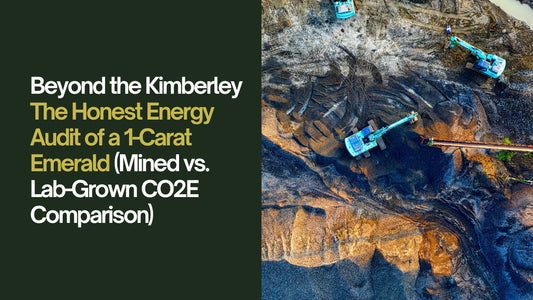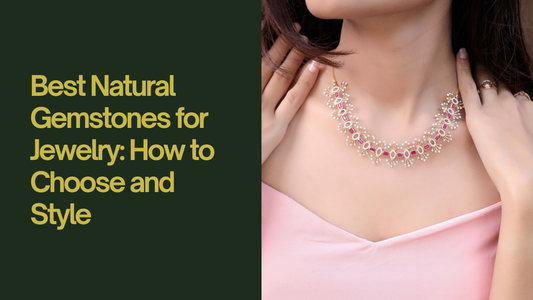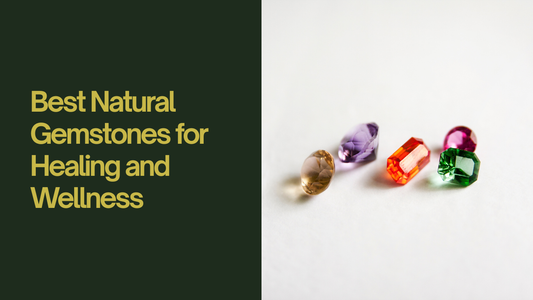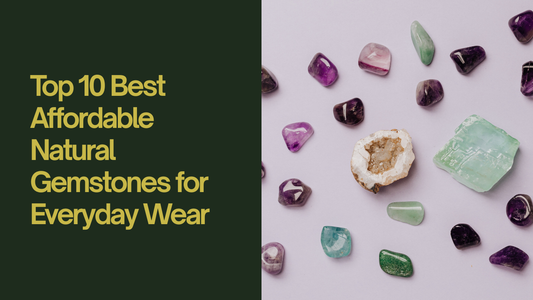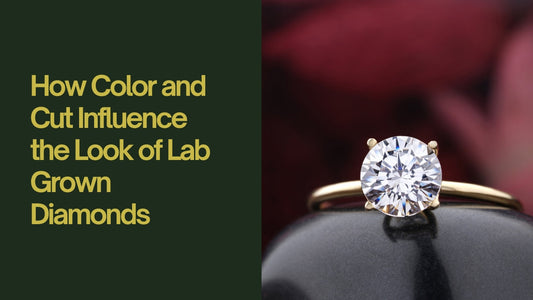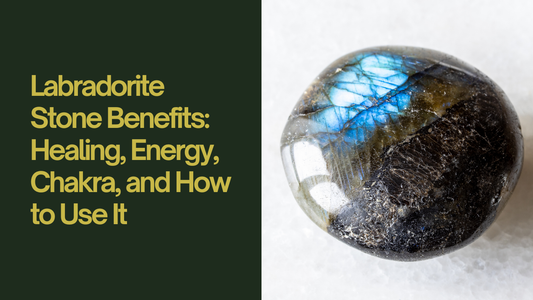
How to Choose a High-Quality Emerald: 4Cs of Emerald Grading
Emeralds are one of the most beautiful and valuable gemstones in the world. Their rich green color and history of being worn by royalty make them highly sought after. But how do you know if the emerald stone you are looking at is high quality? The answer lies in the 4Cs of emerald grading: Color, Clarity, Cut, and Carat. These factors help determine the value and beauty of an emerald. In this guide, we will break down each of the 4Cs in simple terms so that anyone, even kids, can understand!
1. Color: The Most Important C
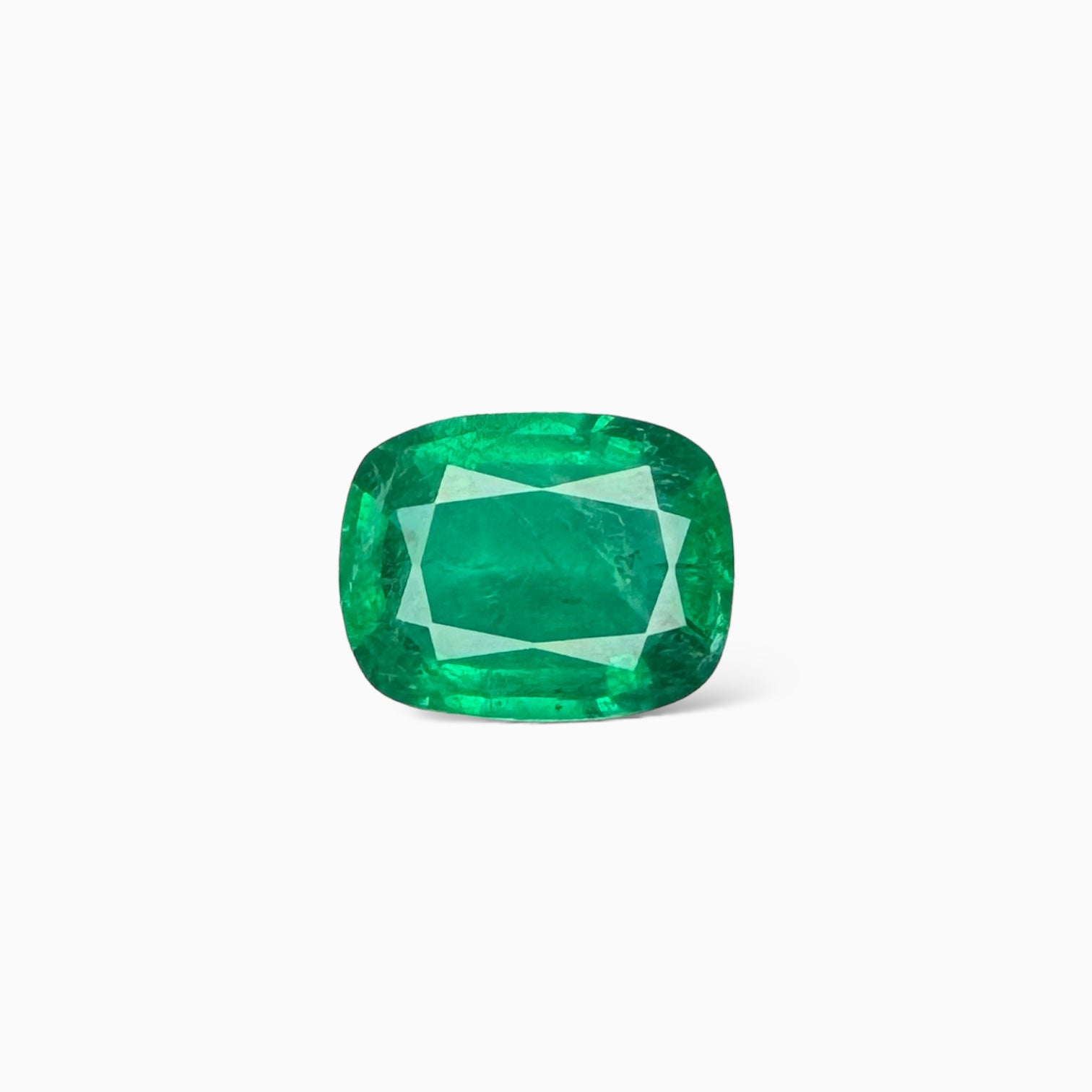
When it comes to emeralds, color is the most important factor. Emeralds get their green color from trace amounts of chromium or vanadium, and the deeper and richer the green, the more valuable the stone. A high-quality emerald will have a vibrant, pure green color. But emeralds come in many shades of green, from light to dark.
What to Look for in Color:
- Hue: The hue is the actual shade of green in the emerald. The best emeralds have a pure green hue with no hints of blue or yellow.
- Tone: The tone refers to how light or dark the emerald is. You want a medium to dark tone, as this gives the emerald a deep, rich color. Very light emeralds may look pale and less valuable.
- Saturation: Saturation is how intense or vivid the color is. A highly saturated emerald will have a bright, rich green color, while a low-saturation emerald may look dull.
Example:
Imagine you are looking at two emeralds. One has a bright, rich green color, and the other looks pale. The bright green emerald is more valuable because its color is more intense and pure.
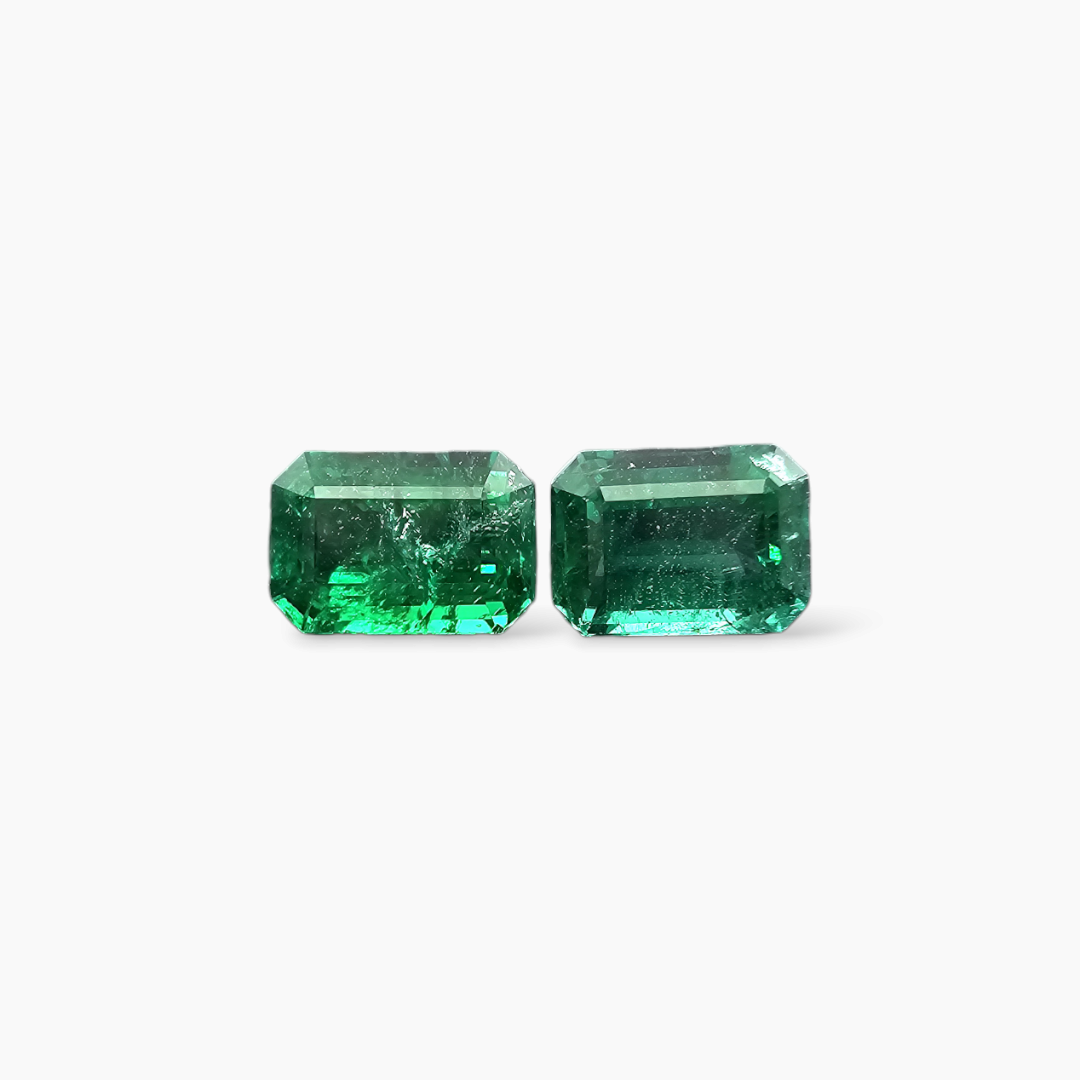
2. Clarity: Inclusions are Natural
Emeralds are unique because they almost always have inclusions—tiny marks inside the stone. These inclusions are called jardin, which is French for "garden." While diamonds are often judged harshly for inclusions, inclusions in emeralds are considered natural and part of the stone’s character. However, fewer inclusions and better clarity usually mean a higher-quality emerald.
What to Look for in Clarity:
- Eye-Clean: An emerald is considered "eye-clean" if you cannot see any inclusions with the naked eye. This is a good thing!
- Visible Inclusions: Some emeralds have inclusions that can be seen without a magnifying glass, which may lower their value. However, inclusions in emeralds are common, so don’t be surprised to see some.
- Cracks or Fractures: Large cracks can make an emerald weaker, and these should be avoided in high-quality stones.
Example:
If you are looking at two emeralds, and one has inclusions that you can see with your eyes while the other looks clean, the cleaner one is usually more valuable.
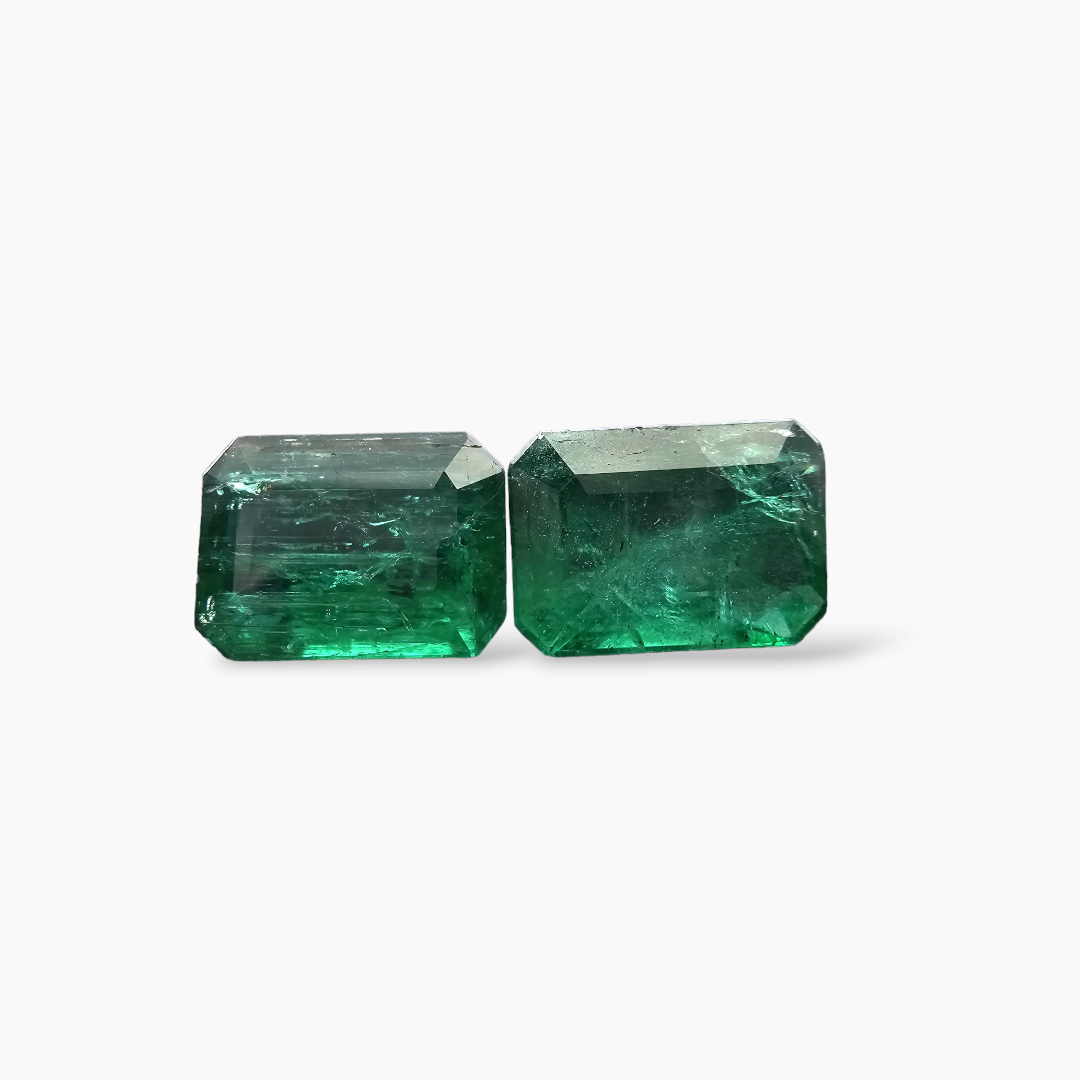
3. Cut: Shaping the Emerald for Brilliance
The cut of an emerald refers to how the stone is shaped and polished. A well-cut emerald will reflect light beautifully, making the stone sparkle and show off its rich color. Emeralds are often cut into the emerald cut, which is a rectangular shape with flat facets that help highlight the stone’s color. But emeralds can also come in other shapes, like oval, round, or pear.
What to Look for in Cut:
- Proportions: A well-proportioned emerald cut will have balanced dimensions and symmetrical facets. This helps the emerald shine and sparkle.
- Shape: Choose the shape that you find most attractive. The classic emerald cut is elegant, but other shapes can also be beautiful.
- Faceting: The way an emerald is faceted (cut into flat surfaces) can affect how much light reflects off the stone, making it appear brighter.
Example:
Imagine an emerald cut into a perfect rectangle with sharp, clean lines. This emerald will likely look more brilliant and reflect more light than a poorly cut one with uneven facets.
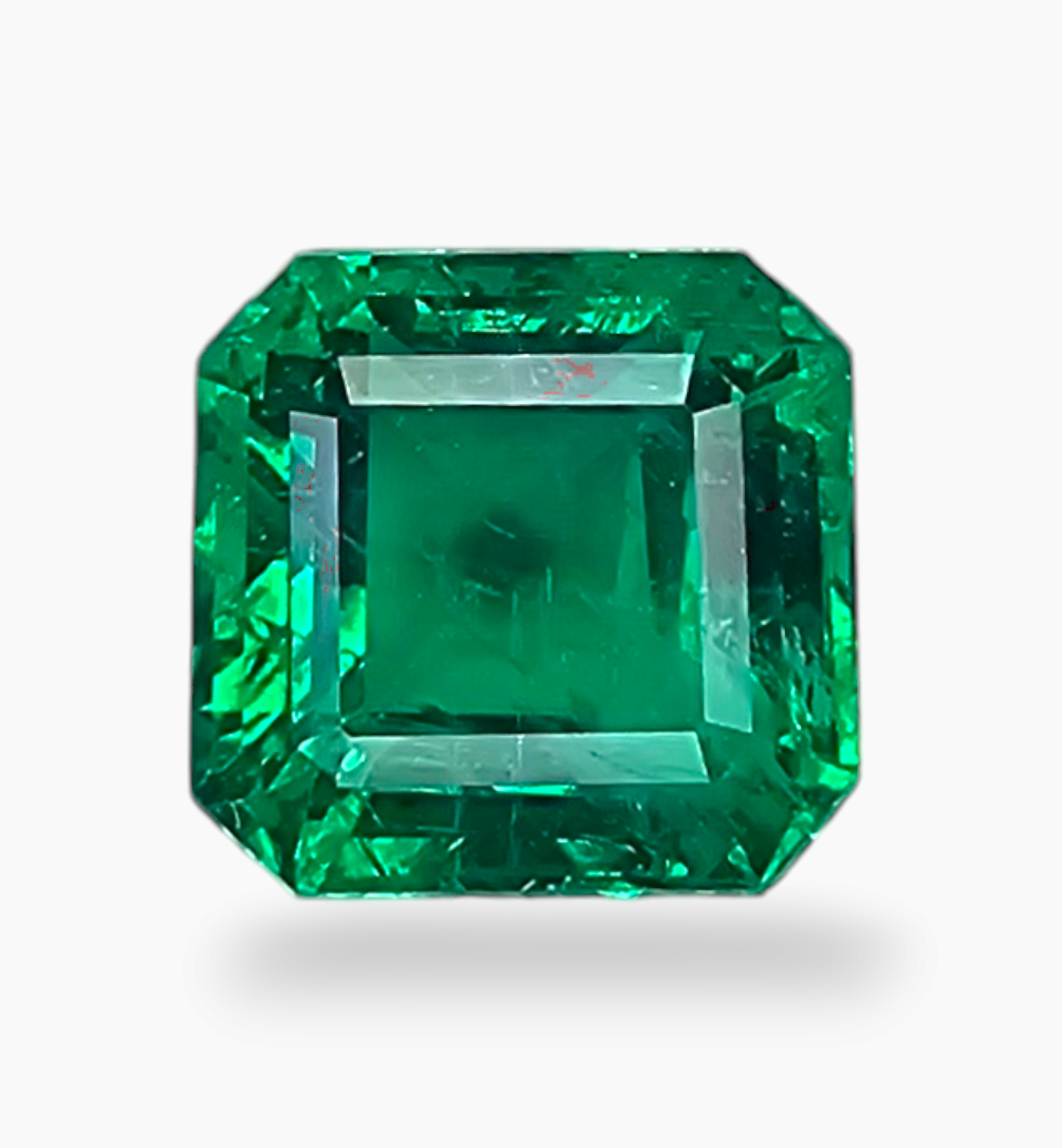
4. Carat: Size Matters, But Not the Only Thing
Carat weight refers to how much the emerald weighs. A larger emerald is generally more valuable, but size isn’t everything. A small emerald with excellent color and clarity can be more valuable than a large emerald with poor color and many inclusions. So, when choosing an emerald, don’t just focus on carat weight—consider all the 4Cs together.
What to Look for in Carat:
- Balance with Other Cs: A larger emerald may be impressive, but make sure it also has good color, clarity, and cut.
- Size Preferences: Some people prefer large emeralds for a bold look, while others like smaller emeralds for a delicate touch.
Example:
You are comparing two emeralds—one is large but has a pale color, and the other is smaller but has a bright, rich green color. The smaller emerald may actually be more valuable because it has better color and clarity.
Extra Tips for Buying an Emerald:
- Look for Certification: If you’re buying a high-value emerald, make sure it comes with a certification from a trusted gemological laboratory, like the GIA (Gemological Institute of America). This will tell you the emerald’s exact grade for color, clarity, cut, and carat.
- Know About Enhancements: Most emeralds are treated with oils to fill in surface cracks and improve clarity. This is normal, but always ask your jeweler if the emerald has been treated and how much.
- Trust Your Eyes: While the 4Cs are important, you should also choose an emerald that looks beautiful to you. Trust your eyes and pick a stone that makes you happy!
Conclusion: The 4Cs Help You Choose the Best Emerald
Choosing a high-quality emerald doesn’t have to be difficult. By understanding the 4Cs—Color, Clarity, Cut, and Carat—you can easily identify a beautiful, valuable emerald. Remember, the most important C for emeralds is color, followed by clarity. Don’t worry too much about finding a flawless emerald, as most have natural inclusions that add to their character. The cut will make the emerald shine, and the carat size depends on your personal preference.
Now that you know what to look for, you can confidently pick the perfect emerald for your jewelry collection! Whether it's for a special occasion or just to admire its beauty, an emerald is a timeless gemstone that will always stand out.
